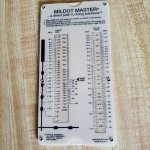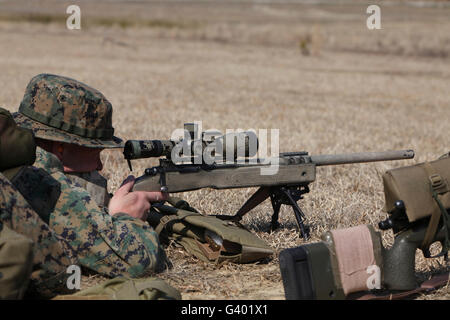Ok coming from ar15 with T1 red dot only this is my first time with a mildot scope(christmas tree). I have been searching around for how to use the mildot system and in my search I just end up with a bunch of scattered informations.
So in an attempt to gather my info and put it down for practical use I divided up my search results in a chronological way. But I could need some help from guys in here to verify if I truly understand this miliradian system or if Im way off.
Pretending Im in the field here it goes..
Step 1, The back ground understanding
(Mil dot coverage @ a given distance)
Formula
Mil x Distance in m = mm Coverage @ Distance in m
Example
0.37 Mil x 351 m = 130 mm Coverage @ Distance in m
STEP 2, estimating range to target
Formula
Target in mm / Mil = Distance in m away
Example
4000mm / 7.3 mil = 548 m away
STEP 3 , mil hold for bullet frop @ distance
Formula
Bullet drop in mm / Distance in m = Mil hold
Example
2280 mm drop / 548 m = 4.16 Mil hold
The 2280 mm bullet drop @ 548 m is something I got from the back of a 308 ammo package.
So in an attempt to gather my info and put it down for practical use I divided up my search results in a chronological way. But I could need some help from guys in here to verify if I truly understand this miliradian system or if Im way off.
Pretending Im in the field here it goes..
Step 1, The back ground understanding
(Mil dot coverage @ a given distance)
Formula
Mil x Distance in m = mm Coverage @ Distance in m
Example
0.37 Mil x 351 m = 130 mm Coverage @ Distance in m
STEP 2, estimating range to target
Formula
Target in mm / Mil = Distance in m away
Example
4000mm / 7.3 mil = 548 m away
STEP 3 , mil hold for bullet frop @ distance
Formula
Bullet drop in mm / Distance in m = Mil hold
Example
2280 mm drop / 548 m = 4.16 Mil hold
The 2280 mm bullet drop @ 548 m is something I got from the back of a 308 ammo package.




